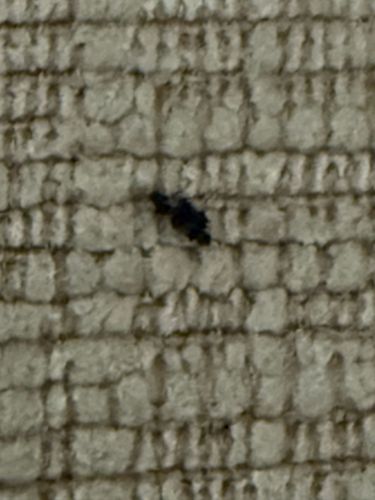Fungus Gnat (likely larvae)
Scientific Name: Sciaridae or Mycetophilidae (larvae are difficult to distinguish to species from photos)
Order & Family: Order: Diptera, Family: Sciaridae (dark-winged fungus gnats) or Mycetophilidae (fungus gnats)
Size: Larvae can range from a few millimeters up to about 1 cm long; adults are typically 2-8 mm.

Natural Habitat
Damp environments rich in decaying organic matter, such as potting soil, compost piles, greenhouses, and areas with high humidity. Larvae are found in the soil.
Diet & Feeding
The larvae primarily feed on fungi, decaying plant matter, and sometimes the roots of plants, especially tender seedlings. Adults do not feed significantly and have short lifespans.
Behavior Patterns
Fungus gnat larvae are often found wriggling in moist soil. They are attracted to damp conditions and overwatered plants. Adults are weak fliers and are often seen near plants or windows.
Risks & Benefits
Risks: Larvae can damage the roots of seedlings and young plants, leading to wilting, stunted growth, and even death, especially in horticultural settings. They are primarily a nuisance pest in homes. Benefits: As decomposers, they contribute to the breakdown of organic matter.
Identified on: 11/15/2025